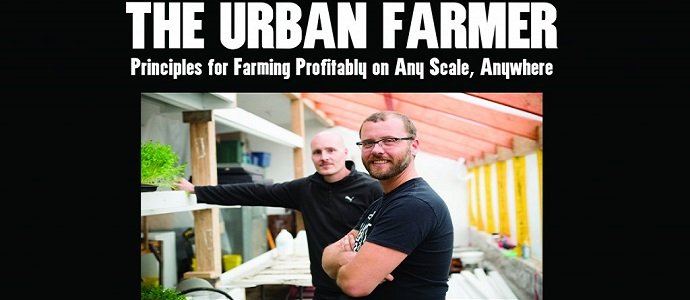Home » Posts tagged 'permaculture news' (Page 4)
Tag Archives: permaculture news
Perennial Vegetables and the Other Reasons You Should Consider Them For Your Garden
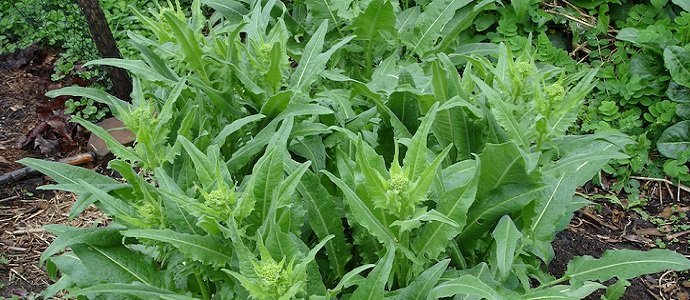
PERENNIAL VEGETABLES AND THE OTHER REASONS YOU SHOULD CONSIDER THEM FOR YOUR GARDEN
However, what I’ve noticed in my experience with introducing other people to the practice and perennials is that the change isn’t always so welcomed. At the last farm I was on, building a demonstration garden, the owner was only very interested in prototypical annuals despite a wealth of the perennial possibilities we were planting. Working with NGOs, I’ve realized that, while people are excited about growing more food, the idea of introducing something new to their diets isn’t nearly as inspired. Instead, the expectation seems to be that we will be growing the same old corn and bean staples, making the need for nutritional and culinary education an equally important aspect for a permaculture project to succeed.
WHY PERENNIALS ARE SOMETIMES A HARD SELL
In theory, planting perennials would be something that people would latch onto. They are less work. They require less resources. They are better for the stability of the soil, helping to prevent erosion while maintaining a network of soil life beneath the surface. They extend harvests, often producing crops earlier and later than annuals can do. They make great, productive, living fences, trellises, shade and animal habitats.
…click on the above link to read the rest of the article…
DIY Aquaponic PVC Garden

DIY AQUAPONIC PVC GARDEN
Do you like fish? How about gardening?
If you said yes to both of these questions, you’ll definitely love this project!
The Aquaponic PVC Garden is powered by water pumps that push water up from a fish tank, up a higher pipe where the plants are, and lets gravity do its work by letting the water drip back into the same fish tank.
If you do not know what aquaponics is, it’s a method of growing plants in water using the nutrients of the waste of fish or any aquatic animals thus also cleaning the water as it is cycled back. It is a very good project if you like taking care of fish, or plants, but simply do not have time to monitor them both.
This project revolves around making your own garden with materials that you can find in your local hardware store.
Gardening proves to be a tedious task for some people who don’t have time to water their plants and monitor them every time. Most of these people took that task and revolutionized gardening by making self-watering systems. But this isn’t like any of those systems. It might look similar at first glance, but the noticeable difference is the fact that the plants in this system get their nutrients from the fish waste in the reservoir.
Here’s a quick guide on making this project on your own.
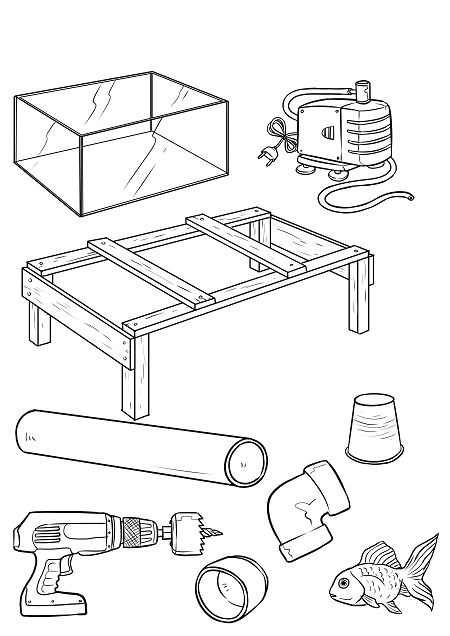
YOU WILL NEED:
• 2x 10” long PVC Pipes cut in half or 4x 5” long ones
• 4x 90° PVC Elbows
• 4x PVC Caps (size dependent on the PVC)
• 2x Fish tanks
• 2x Water pumps
• 28x Drinking cups (with the potted plants of your choosing)
• A hand drill (for creating holes on the pipe) with hole saw bit
• A wooden stand (frame for your project)
• And lastly, FISH!
…click on the above link to read the rest of the article…
Magic in the Garden: Five Plants With Medicinal Properties

MAGIC IN THE GARDEN: FIVE PLANTS WITH MEDICINAL PROPERTIES
The sparkle of mystery in my son’s eyes as he told me his story brought a smile to my face, and memories to mind. As a young girl, I can remember how wonderfully magical my grandparent’s garden was. It was full of beautiful flowers, herbs, and plants. A bridal wreath shrub grew, succulents thrived beneath the awning of the shed, and hydrangeas and peppermint herbs lined the side of the house. Wisterias grew along a re-purposed lattice fence next to lovely miniature azaleas. The whole scene was beautiful, bright, and so fragrant.
This also gave me the inspiration for this article. As many of you may have guessed, the plant that my brother in law showed my son was an aloe vera plant. I explained how helpful aloe vera gel is to our skin, and that this was the magic ingredient in the medicine I put on his skin when he gets sunburn.
…click on the above link to read the rest of the article…
The Future of Farming
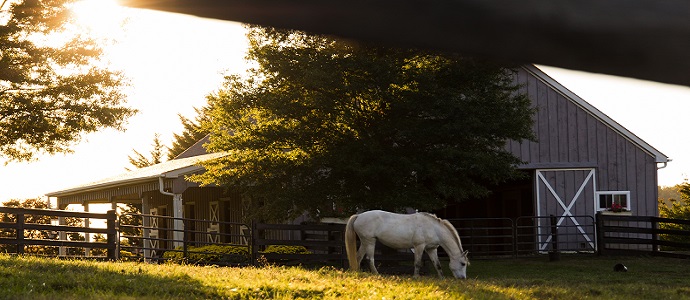
THE FUTURE OF FARMING
Timothy Gertson comes from a lineage of farmers. His grandfather, father, and three uncles currently own Gertson Farms Partnership in Lissie. Gertson and his cousin co-own their own business, G5 Farms, and have land in Fort Bend, Colorado, and Wharton counties. Agriculture is in his blood. Yet even for a man with years of experience under his belt, the shift from conventional to organic agriculture was a veritable obstacle course. And he’s only growing one crop. When Timothy Gertson finally finished downloading nearly eighty pages of forms from the Texas Department of Agriculture, filling them out the old-fashioned way—by hand—and submitting them, he was one step closer to obtaining a shiny badge of agricultural prestige: a certification for producing organic field corn. “I’m not going to lie,” Gertson says. “It’s pretty intense.”
Organic farming in the United States is an entirely different aspect, one that comes with natural barriers and processes in order to achieve certification. Along with the paperwork, there are fees, which can range from a few hundreds of dollars to a few thousand. The submission seeks detailed catalog of all substances used on the land during a three-year period. Further a written Organic System Plan describing the practices and substances to be used is also required in the application process. These measures must be fulfilled before the first seed hits the soil. And from there the real work begins. The National Organic Program, the regulatory entity within the U.S. Department of Agriculture states that the transition period for farmers switching to certified organic produce takes 36 months, and it’s only after that period that they can market their produce as organic so long as the crop can survive through the complicated process of replenishing nutrients in the soil.
…click on the above link to read the rest of the article…
What if Permaculture Was Taught in Schools Everywhere?
WHAT IF PERMACULTURE WAS TAUGHT IN SCHOOLS EVERYWHERE?
What if there was a curriculum series for all children and young adults to learn permaculture?
What if it was the holistic context for all the other courses they took in school?
Imagine living in an urban area where you pay for your trash to be taken away – this is actually common; imagine returning home from 3rd grade with a bag of oyster mushroom inoculated substrate in a little baggy to mix with your household paper and cardboard waste, to turn it into mushrooms and spent substrate, and then, using worms mixed with kitchen scraps, into compost for the balcony or community garden. Imagine what it would be like to end that cost for your family & to turn it into rich soil for growing food in the garden.

It would be like magic. You’d probably want to grow up to be a mycologist. If you also recognized it as sequestering carbon and fighting climate change, you’d likely, as any 3rd grader would, want to help setup the rest of your extended family with the same advantageous system which would in turn be even more empowering. Imagine if we gave this opportunity to all children right now in the world, what kind of generation of people would that create?
When I took Geoff Lawton’s online permaculture design course (’14), I instantly wanted to share all the information I was receiving with my family but had nothing tailored to them. Since I was a full time teacher with a masters degree in education writing curriculum daily at a charter school, I felt obligated, so with Geoff’s encouragement and promise to look it over before I went public, I started writing The Permaculture Student 1 textbook and workbook. I wrote it to be readable by everyone from middle school on up.
…click on the above link to read the rest of the article…
Friday Five: Obama, Snowden and PDC?

FRIDAY FIVE: OBAMA, SNOWDEN AND PDC?
Let’s jump right in:
World-changing: Are President Obama, Edward Snowden, Steph Curry, Taylor Swift, and Donald Trump all coming to our next Permaculture Design Course?
Worldwide water shortage? That certainly seems to be the dominant narrative. But permaculture suggests otherwise, that there is only a shortage of design understanding of how many times we can repurpose water: The longest path, the longest time, the most beneficial life connections and mechanical action, all extend the potential of water.
Worth checking out: For a A DIY chicken tractor, a “ChickShaw,” or anything else related to chickens, you have to love what one of my students, Justin Rhodes, is doing on his farm in North Carolina. Brilliant, funny, down-to-earth, and a daily video from someone who is living the permaculture dream.
Absolutely beautiful. Brett Pritchard, a permaculturist since 1991, put together something that really caught my eye: A 21 card set of the original permaculture ethics and principles. Many of the illustrations were painted by one of Bill Mollison’s daughters, Frances, and the entire set is free to download.
California, Saudi Arabia, and dairy? Again, water and “California’s crisis” are the connection between this strange trio. But perhaps we’ve defined the California water crisis in a fundamentally incorrect way…
…click on the above link to read the rest of the article…
Save Our Soils

SAVE OUR SOILS
Less than thirty per cent of the world’s topsoil remains in fair or acceptable condition. The fragility of this vital layer can be illustrated through a simple comparison: if one imagines the earth as an orange, the extremely thin topsoil layer is no thicker than the shine on the skin of that orange. An astonishing variety of creatures rely on this ‘shine’ for all of their basic necessities.
Our growing knowledge about soil has formed the basis of new soil services, soil analyses, and many well-intended soil conservation attempts, yet we are still losing soil at an ever-increasing rate. If this trend continues for much longer, our current form of society will eventually collapse – and mainly as a result of practices as simple as over tilling.
At the same time, soil is being damaged irreparably by salinisation, for example resulting from the clear-cutting of forests that are often far away. There are only a few places in natural systems in which soils are well conserved: uncut forests; under shallow lakes and ponds; native grasslands populated by perennials; and mulched and non-tillage agricultural production systems.

A SUSTAINABLE APPROACH
Although this situation may seem extremely gloomy, there is hope in the form of numerous sustainable approaches to soil reconditioning, maintenance and rehabilitation. Surprisingly, amateur gardeners and farmers – not scientists with big fancy labs and federal research grants – are doing most of the real research. Moreover, these people are achieving results: creating high quality soil through water control, modest aeration, and the assemblage of specific plants and animals. And this is done with careful consideration of the sequence of these treatments.
…click on the above link to read the rest of the article…
Vermicomposting–A Great Way to Turn the Burdens Into Resources

VERMICOMPOSTING – A GREAT WAY TO TURN THE BURDENS INTO RESOURCES
VERMICOMPOSTING AND VERMICOMPOST
Latin word ‘Vermi’ means worm; thus ‘Vermicomposting’ refers to composting with worms. In vermicomposting, various organic waste materials are broken down by using worms, bacteria, and fungi. These organisms are nature’s vitally useful tools to decompose organic materials. So, vermicomposting is a process that boosts up nature’s process of decomposing organic waste materials and produces a very useful end product.
Vermicompost, the end product of vermicomposting process, is a heterogeneous mixture of decomposed organic wastes, bedding materials, worm castings, decomposed worms as well as other decomposer organisms, worm cocoons etc. The worm castings, one of the major components of vermicompost, contain lower levels of contaminants and higher levels of nutrients than the organic wastes do before vermicomposting. Vermicompost is rich in many water-soluble nutrients which makes it an excellent organic fertilizer.
PLANT NUTRITION WITH VERMICOMPOST
In optimum conditions worms consume huge amount of organic wastes in a day, as much as their own weight at least. After consumption, they take their nourishment from the micro-organisms residing in the wastes; and when they excrete their casts contain an increased number of micro-organisms.
…click on the above link to read the rest of the article…
Nature Farming–Done Naturally
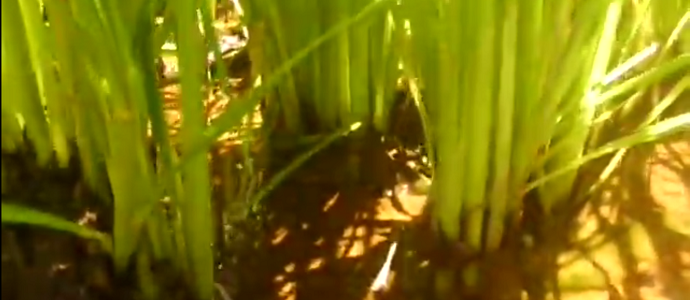
NATURE FARMING – DONE NATURALLY
The cultivator in Gabriel Guhr’s video cites his very simple methods – throwing seeds across the land, covering them with straw from the grass removed when clearing the land and walking over the straw to trample the seeds into the ground. No tilling, no carefully measured placement of seeds, just a well chosen location and allowing life to do what it does best. As the speaker in the video states “It’s a very efficient planting method.” But what method is that, exactly?
DO-NOTHING FARMING
The speaker in the film states that his plan was to imitate as best as possible the methods of Masanobu Fukuoka, the man who wrote extensively on and pioneered the Fukuoka method, which is translated directly into English as Nature Farming, previously referred to as Natural Farming. This method came about after Masanobu felt he could no longer reconcile himself with the agricultural methods that were being promulgated around the 1930’s. Trained as a microbiologist and agricultural scientist but choosing to break away from the methodologies he had been studying, he became the creator of “Do-nothing farming” or Nature Farming.
This method is related to traditional methods of cultivation used by indigenous cultures and has the same objectives as that of permaculture created by Bill Mollison, but functions under a different, more spiritual philosophy.
…click on the above link to read the rest of the article…
Study Indicate That Organic and Sustainable Agriculture Can Feed the Planet

STUDY INDICATE THAT ORGANIC AND SUSTAINABLE AGRICULTURE CAN FEED THE PLANET
The report, Organic Agriculture for the 21st Century, authored by Washington State University Regents Professor of Soil Science and Agroecology John Reganold and doctoral student Jonathan Wachter, looks at the efficacy of organic and non-organic farming according to the four pillars of sustainability: economics, environment, productivity and community well-being. Organic production currently accounts for only one percent of global agricultural land, despite rapid growth in the last two decades.
Organic agriculture, sometimes called biological or ecological agriculture, combines traditional conservation farming methods with modern farming technologies. It emphasizes rotating crops, managing pests naturally, diversifying crops and livestock, and improving the soil with compost additions and animal and green manures. Organic farmers use modern equipment, improved crop varieties, soil and water conservation practices, and the latest innovations in feeding and handling livestock. Organic farming systems range from strict closed-cycle systems that go beyond organic certification guidelines by limiting external inputs as much as possible to more standard systems that simply follow organic certification guidelines.
…click on the above link to read the rest of the article…
PRI-Natural Fertilisers and Nursery
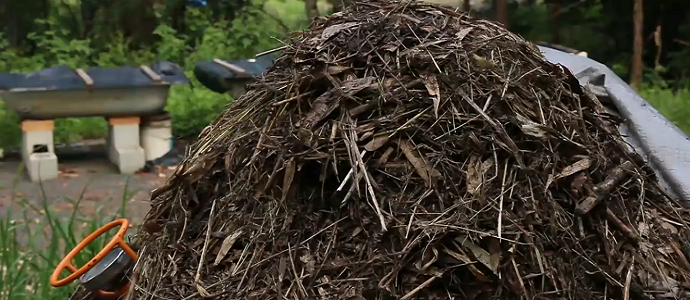
PRI – NATURAL FERTILISERS AND NURSERY
This is an interesting look at some of the systems that we have running at the Permaculture Research Institute.
Abundance From Small Spaces
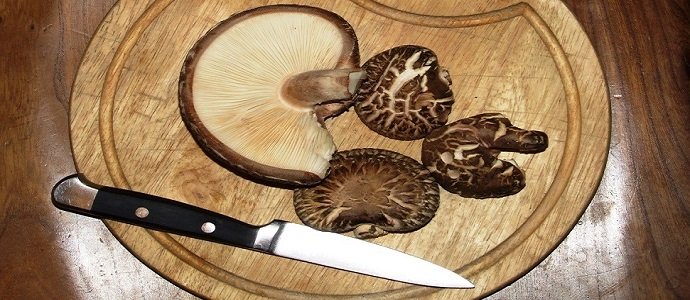
ABUNDANCE FROM SMALL SPACES
I called my presentations ‘The Answer Lies in the Soil.’ And it does.
First of all, though, we need air and water. Without these two things, we can’t live today. So clean air, and clean water in sufficient quantities are pre-cursors of sustainable human life. However, for long-term survival, we need soil. Not just any old soil: we need enduring well – nourished and nourishing soils which just keep getting more and more fertile. In fact, soil is demonstrably the true foundation of civilisation. That is ¬ fertile, accessible, living soil.
For soils to feed us well they need themselves to be fed well.
THE ANSWER LIES IN THE SOIL
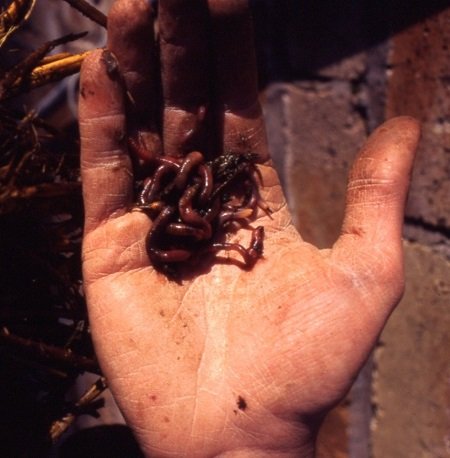
SOIL AND LIFE – NEGLECT IT AT OUR PERIL
We neglect soil at our peril. Within historical memory (i.e. written records) Syria was a forest kingdom, Iraq the birthplace of agriculture and Libya the bread¬basket of the Roman Empire.
I expect anyone reading this will be familiar with the essential components of soil:
● Mineral fraction (sand, silt, clay)
● Humus
● Air and water
● Adequate soil structure to admit and retain these
…click on the above link to read the rest of the article…
DIY Antibiotics
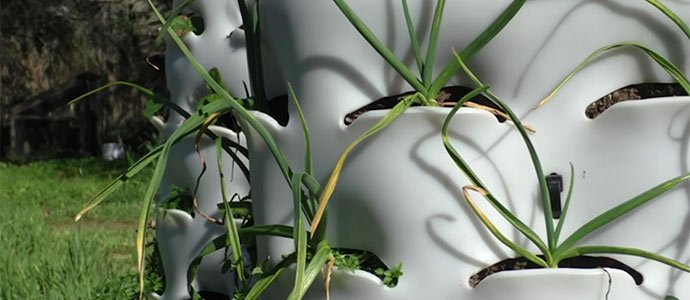
DIY ANTBIOTICS
Watch this short 2:31 video by backyard food production expert and author Marjory Wildcraft on DIY antibiotics.
Most people will want to do this in their backyards, on a patio, or rooftop. No, you won’t need a laboratory or chemistry set. No, you won’t need microscopes or chemicals. Nope, you won’t even need a spectrum analyzer or centrifuge. You won’t even need a degree in biochemistry or organic formulations.
This particular antibiotic not only helps boost your immune system for any time you have an infection, but it is also good for when you have a cold, it’s known to help lower cholesterol and high blood pressure, it’s been known to help balance blood sugar, fight cancer, and fungus. Yet it is completely natural.
Marjory will host a free online event from March 7th – 13th, which features 30 backyard farming experts who will reveal secrets to growing your own gorgeous organic fruit, vegetables, herbs, wildflowers, livestock, even bees all in your own backyard!
Green Leaf Manure–A Useful Organic Manure
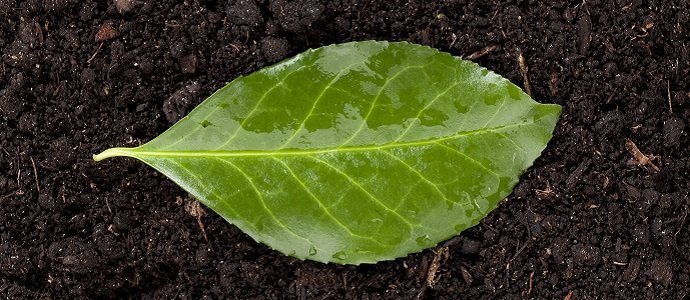
GREEN LEAF MANURE – A USEFUL ORGANIC MANURE
WHY GREEN LEAF MANURES
Using chemical fertilizers as a nutrient source for plant growth is not at all a good way to treat the soil. Chemical fertilizers are being used worldwide, especially in third world countries, to negotiate the extra food requirement by the huge world population.
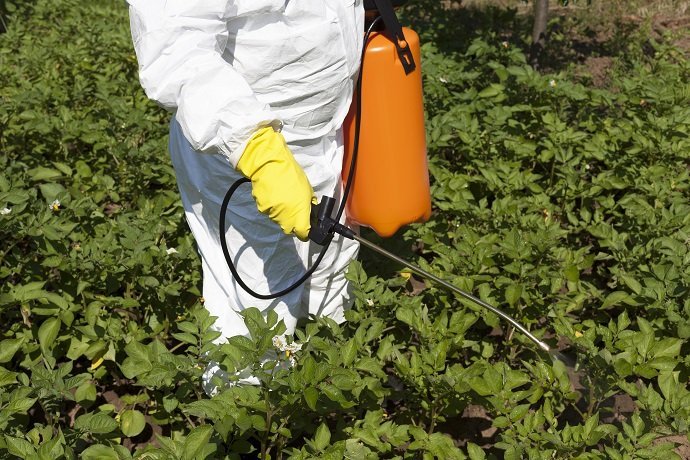
This indiscriminate use of various chemical fertilizers is causing a number of environmental and health hazards along with permanent damage to the most precious natural resource ‘soil’. If this terrible chemical using goes unrestrained, the soil will no longer be available for crop production after a certain period.
So, it is time to shift the agricultural system from chemicals to organic manures to maintain a healthy soil for the upcoming generations.
As organic manure, green leaf manure is capable of supplying the required plant nutrients with maintaining very good soil health. For instance, in an experiment rice yield was increased significantly due to the application of GLMs.
…click on the above link to read the rest of the article…


